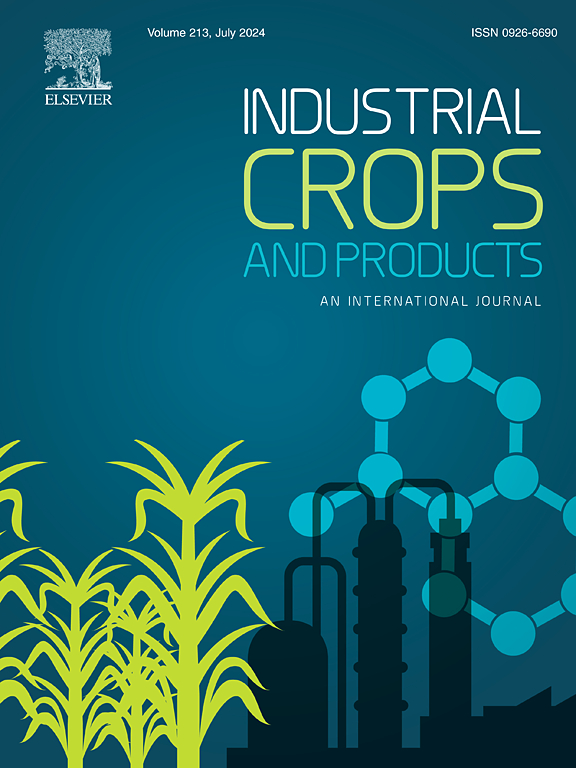Energy efficiency of spring camelina production under an organic system in sole-cropping and intercropping cultivation
IF 5.6
1区 农林科学
Q1 AGRICULTURAL ENGINEERING
引用次数: 0
Abstract
Camelina and spelt are crop species enjoying a renaissance in recent years. This three-year study (2022–2024) conducted in north-eastern Poland aimed to determine the energy inputs, the amount of accumulated energy, and the energy efficiency of the production of seed and straw of spring camelina and spring spelt cultivated under an organic system in sole-cropping and intercropping. In the energy inputs, direct energy carriers, exploitation of fixed assets, consumption of materials and human labor are considered. Total energy inputs for the production of sole-cropped camelina amounted to an average of 10.60 GJ ha–1. In comparison, the energy inputs for spelt were 15.3 % higher, while camelina intercropped with spelt had energy inputs that were 30.4 % higher than those of sole-cropped camelina. The total biomass energy value (seeds and straw) for spelt (an average of 103.85 GJ ha–1) was 9 % higher than the average value of this characteristic for sole-cropped camelina, and for camelina intercropped with spelt (an average of 95 GJ ha–1). The total energy ratio values for sole-cropped camelina averaged 8.98, whereas sole-cropped spelt and camelina intercropped with spelt were 5.5 % and 22.2 % lower, respectively. Camelina cultivated under an organic system proved to be an interesting species in terms of energy efficiency indices for both sole-cropping and intercropping, although spelt had an advantage over camelina in intercropping.

求助全文
约1分钟内获得全文
求助全文
来源期刊

Industrial Crops and Products
农林科学-农业工程
CiteScore
9.50
自引率
8.50%
发文量
1518
审稿时长
43 days
期刊介绍:
Industrial Crops and Products is an International Journal publishing academic and industrial research on industrial (defined as non-food/non-feed) crops and products. Papers concern both crop-oriented and bio-based materials from crops-oriented research, and should be of interest to an international audience, hypothesis driven, and where comparisons are made statistics performed.
 求助内容:
求助内容: 应助结果提醒方式:
应助结果提醒方式:


